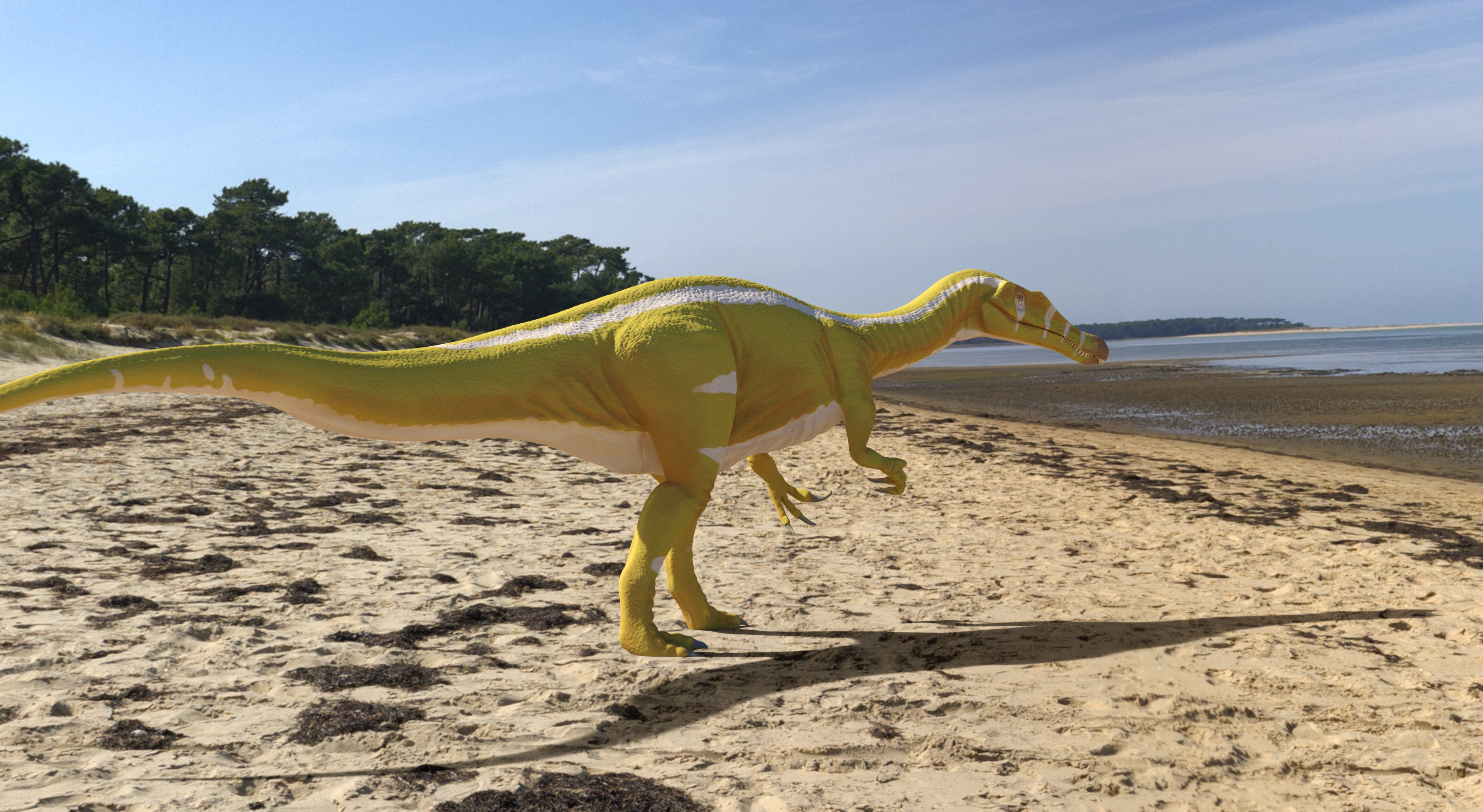Spinosaurid bones found in Castellón, Spain, represent a new genus, palaeontologists have concluded. The dinosaur in question is estimated to have grown to a fearsome 10-11 meters (33-36 feet) long. Following the recent discovery of the moderately sized Vallibonavenatrix cani nearby, the identification indicates the Iberian Peninsula was a center for spinosaurid diversity in the early Cretaceous. Indeed, although the largest members of the family we know come from Africa, Iberia may have been where they first evolved.
Spinosaurus achieved fame through their representative’s heavyweight contest with a Tyrannosaurus in Jurassic Park III. Debate regarding their suspected semi-aquatic status has kept their profile high, along with speculation about the evolutionary benefits of their mighty sail.
However, Spinosaurus were merely the first discovered, and largest, member of a family that now includes a dozen known species of various sizes. Granted even the smallest adult spinosaurid is thought to have weighed a metric ton, but specimens are rare however, perhaps because their primary range in Africa has been much less intensively searched for fossils as Tyrannosaurs’ North American homeland.
However, as a paper in Scientific Reports reveals, Africa is not the only place to look for spinosaurid remains. The authors attribute a right jaw bone, tooth, and five vertebrae previously discovered in the Arcillas de Morella formation to a novel species they name Protathlitis cinctorrensis.

Another view of Protathlitis cinctorrensis maintaining a coastal theme, although a few bones don’t really tell us much about its preferred habitat.
Image Credit: Grup Guix.
These scant remains are not ideal for estimating the size of the creature they belonged to. However, based on comparisons with other spinosaurids, the paper estimates P. cinctorrensis was smaller than Spinosaurus itself, but not by much. The deposit in which it was found is dated to 126-127 million years ago, making it a near contemporary of Iberospinus natarioi, discovered in 125-million-year-old Portuguese rocks.

When you’re looking for a relative of the longest theropod known, it’s appropriate to have a long, thin dig site.
Image Credit: Grup Guix.
Protathlitis is a baryonychine, one of the two main subgroups of spinosaur identified by their curved tooth crowns. The authors think baryonychines dominated in Europe, but after migrating to Africa the spinosaurines, including Spinosaurus itself, became dominant there. If so, it is unclear whether spinosaurids died out in their original territory while achieving their greatest success elsewhere – no specimens have been found there from the mid or late Cretaceous.
The genus name means champion in Greek, while cinctorrensis refers to the town where the fossils were discovered.
The paper is published in Scientific Reports.
Source Link: Newly Discovered Spinosaurid Suggests Spain Was A Hotspot For Big, Carnivorous Dinosaurs